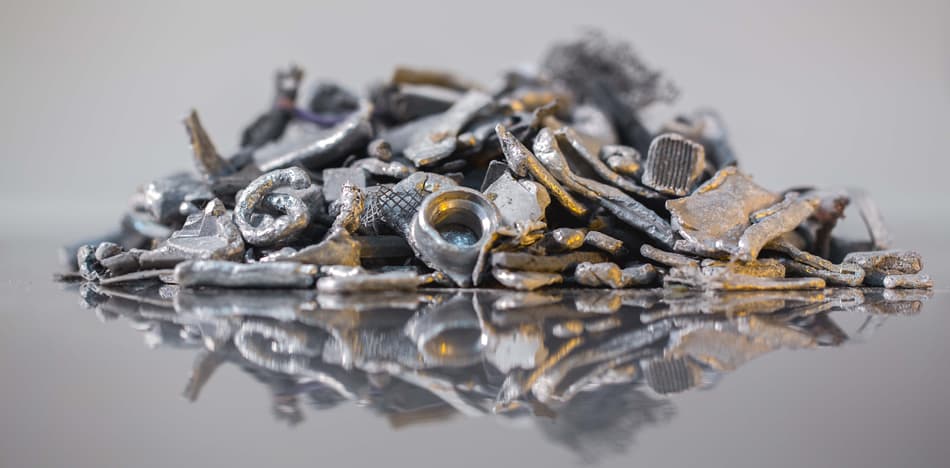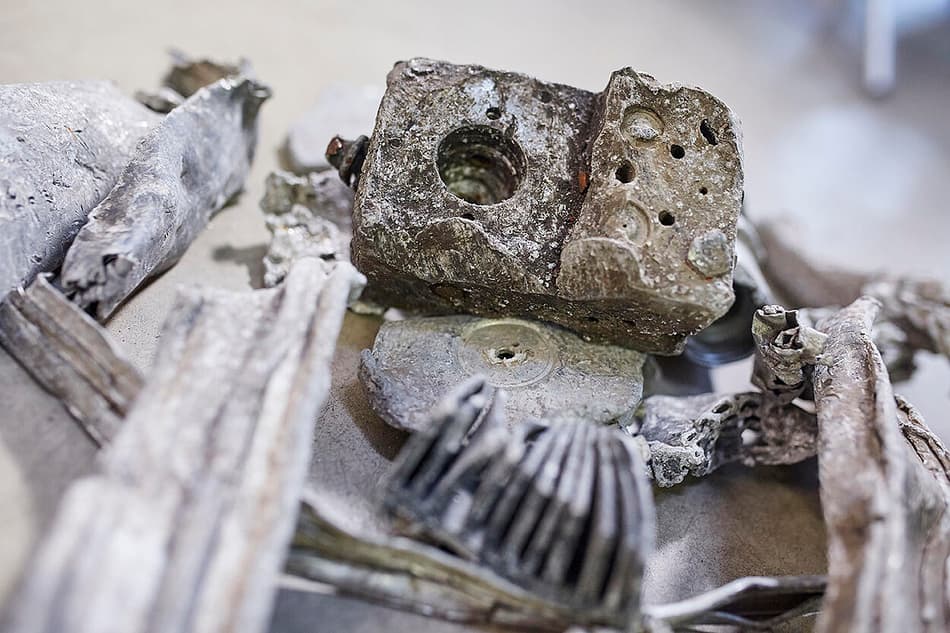TOMRA Recycling addressing the challenges of aluminum recycling
In the car industry, the need to lightweight vehicles is driving up demand for aluminium, in particular wrought aluminium alloys for use in electric vehicles as the industry shifts away from internal combustion engines which use cast alloys. And, with Europe’s construction industry under increasing pressure to reduce its CO2 emissions and become more energy efficient, demand for aluminium from this sector is also likely to rise further still as it is such a lightweight, energy efficient and infinitely recyclable material.
We’ve already witnessed European plastics manufacturers committing to increasing the amount of recycled content of their products in order to reduce their carbon footprint and now we’re seeing the same thing happen in the aluminium industry, where aluminium producers are marketing high recycled content aluminium to demonstrate their environmental credentials and their commitment to reducing CO2 emissions.
It’s clear that the end markets for high quality recycled aluminium already exist and that demand is only likely to rise further in the future. The challenge for European scrap metal processors, along with the growing number of aluminium producers who are investing in equipment to sort the scrap material themselves, is how to produce a consistently high quality, high purity furnace-ready aluminium product. To achieve this, and optimise the use of scrap in their furnaces, the infeed material needs to be cleaned of heavy metals, of aluminium-plastic compounds and of other light material, such as magnesium. Being able to rely on a repeatable quality furnace material is key for the aluminium industry.

Removing contaminants to produce high-purity aluminium
One of the major sources of scrap aluminium is Zorba – a mixed non-ferrous material generated by eddy-current separators in end of life vehicles (ELV) and Waste Electronic & Electrical Equipment
(WEEE) recycling. Zorba consists primarily of aluminium (typically 70-80%) and other non-ferrous metals like copper, brass and zinc, as well as magnesium generated by eddy-current separators. Additionally, Zorba can contain non-metallic contaminants such as rubber and foil.
In Europe, magnesium makes up between 1-2% of a typical scrap aluminium fraction and is regarded as an unwanted contaminant in the scrap mix. Secondary aluminium smelters ideally like the aluminium from Zorba to contain very low magnesium, typically well below 0.5% by weight.
Similarly, the increasing volume of aluminium-plastic compounds, as well as contaminating plastic and non-metallic materials in Zorba make it difficult for processors to produce high-purity aluminium scrap. Historically, both the magnesium and the aluminium-plastic compounds would have ended up in the aluminium fraction, reducing the quality of the aluminium product and, subsequently, reducing its market value.
Due to magnesium and aluminium being similar in density, traditional sink-float dense media plants struggle to clearly differentiate between these materials in order to separate them and remove contaminants. There is a risk that the aluminium recovered using a sink float separation process won’t meet the quality standards required by end customers, and, as a result, processors would face penalties for supplying an inferior quality product.

Making the most of the latest technology
Removing aluminium-plastic compounds, light plastics and magnesium from aluminium scrap requires advanced sorting technology. One such technology which addresses this challenge and offers a reliable, robust and cost-effective alternative to sink-float separation is the latest application
TOMRA Sorting has developed for our X-TRACT unit which enables the removal of aluminium-plastic compounds and magnesium from aluminium in products such as Zorba.
During our test centre and in-field testing we put hundreds of tonnes of sorted and traded material through the X-TRACT unit with the belt running at 3m (10 feet) per second and achieved consistently high purity rates of up to 99%. This means the material can be traded more robustly and used in domestic or close-to-home markets. The system uses existing TOMRA XRT x-ray technology but in a new configuration so that it is capable of sorting material of different density levels. It can separate light materials, aluminium-plastic compounds and magnesium from aluminium to create furnace ready products – including what’s referred to as low magnesium Twitch – across the Zorba size spectrum from 5-120mm. This degree of separation of fines simply couldn’t be achieved using dense media plant processes and, until now, it wouldn’t even have been possible using TOMRA’s sensor-based sorting technology because magnesium is very similar in density to aluminium so the technology couldn’t recognise the difference between the materials.
Now though, the capabilities and combination of the x-ray technology used in TOMRA’s X-TRACT unit make it by far the most consistently accurate solution available on the market today. In our test centres in Germany and in the States, we have achieved consistently high purity rates of 99% recycled aluminium – meeting the requirements of end customers who specify magnesium-free aluminium or typically well below 0.5% by weight.
